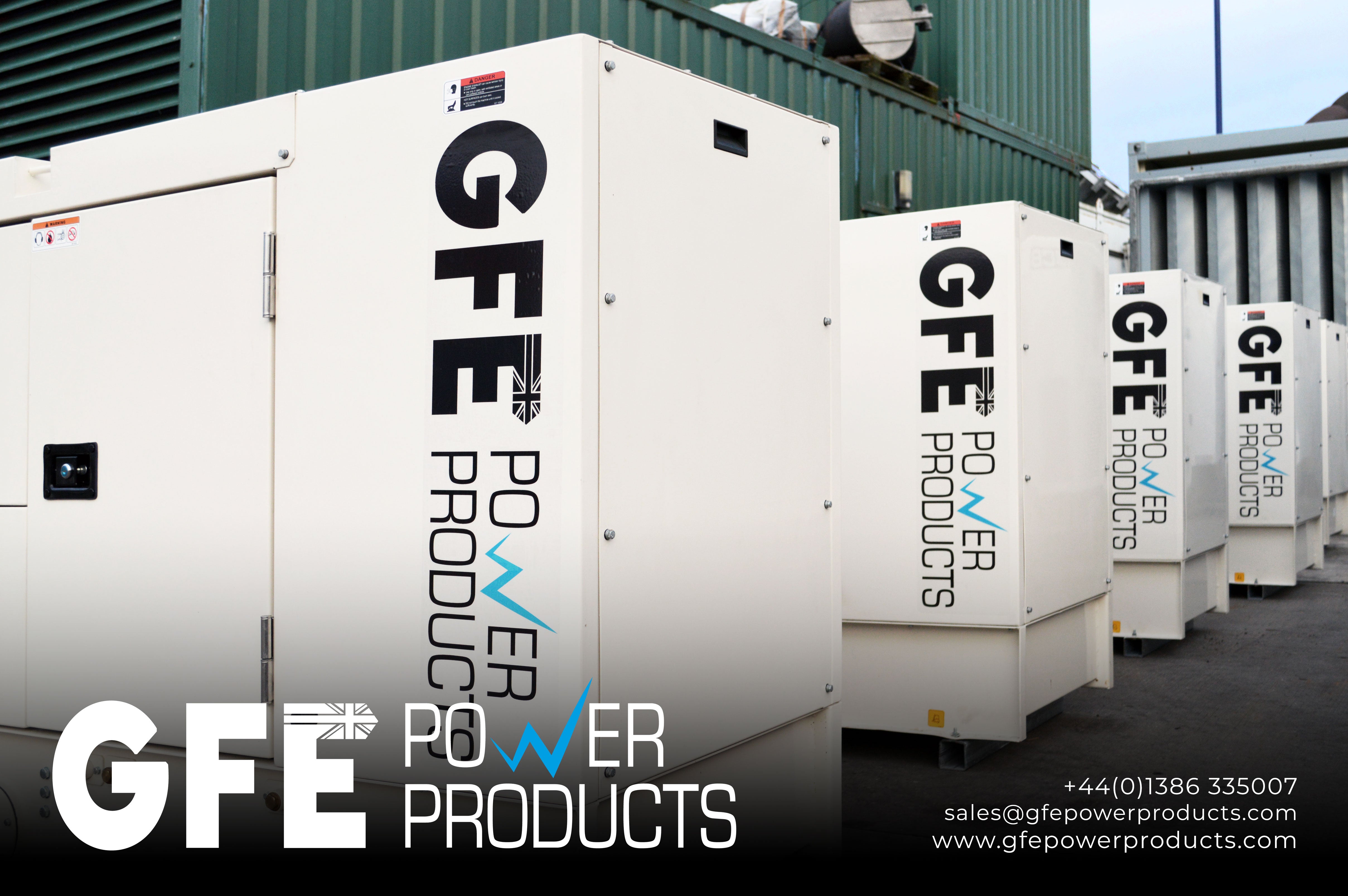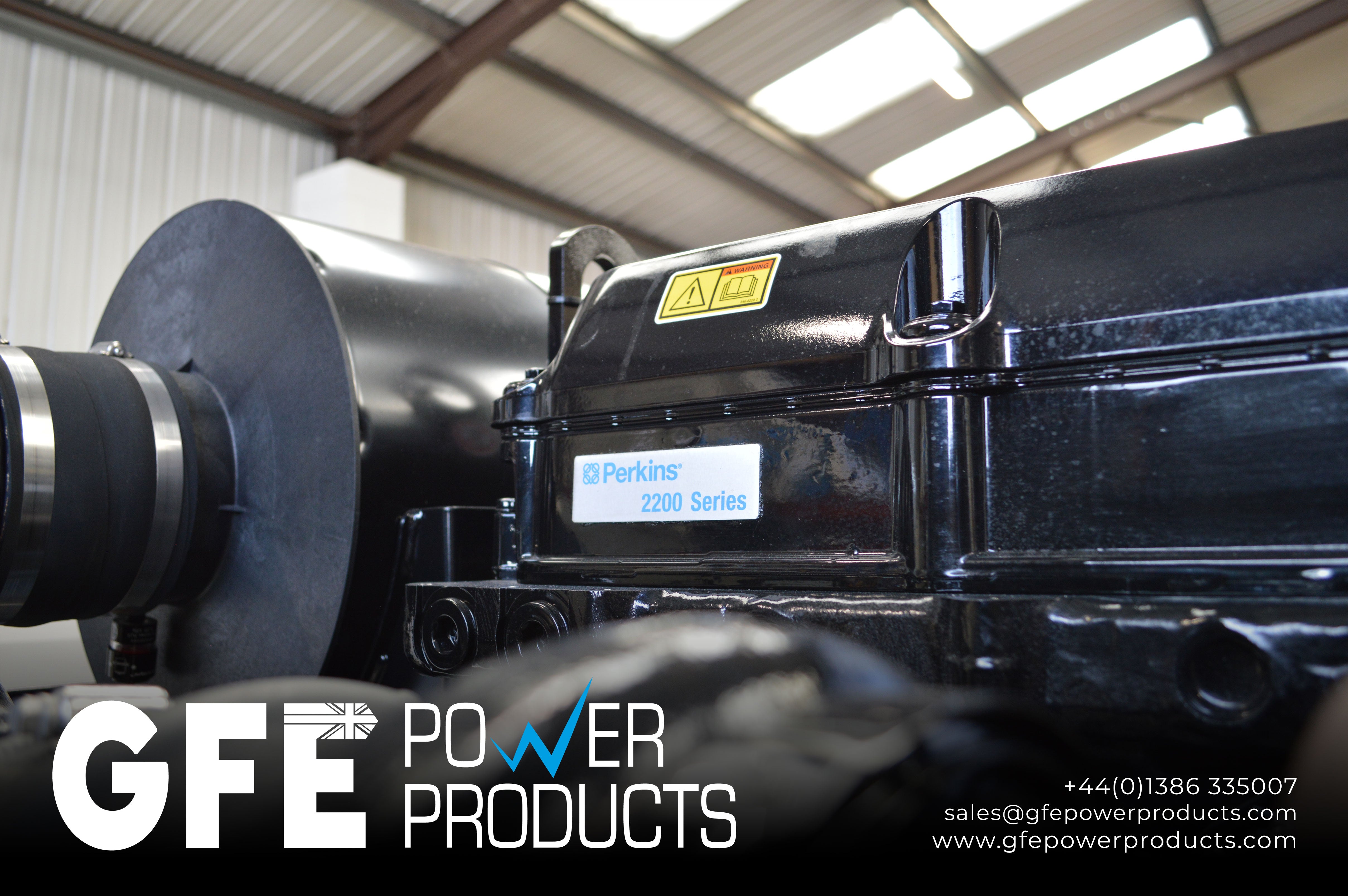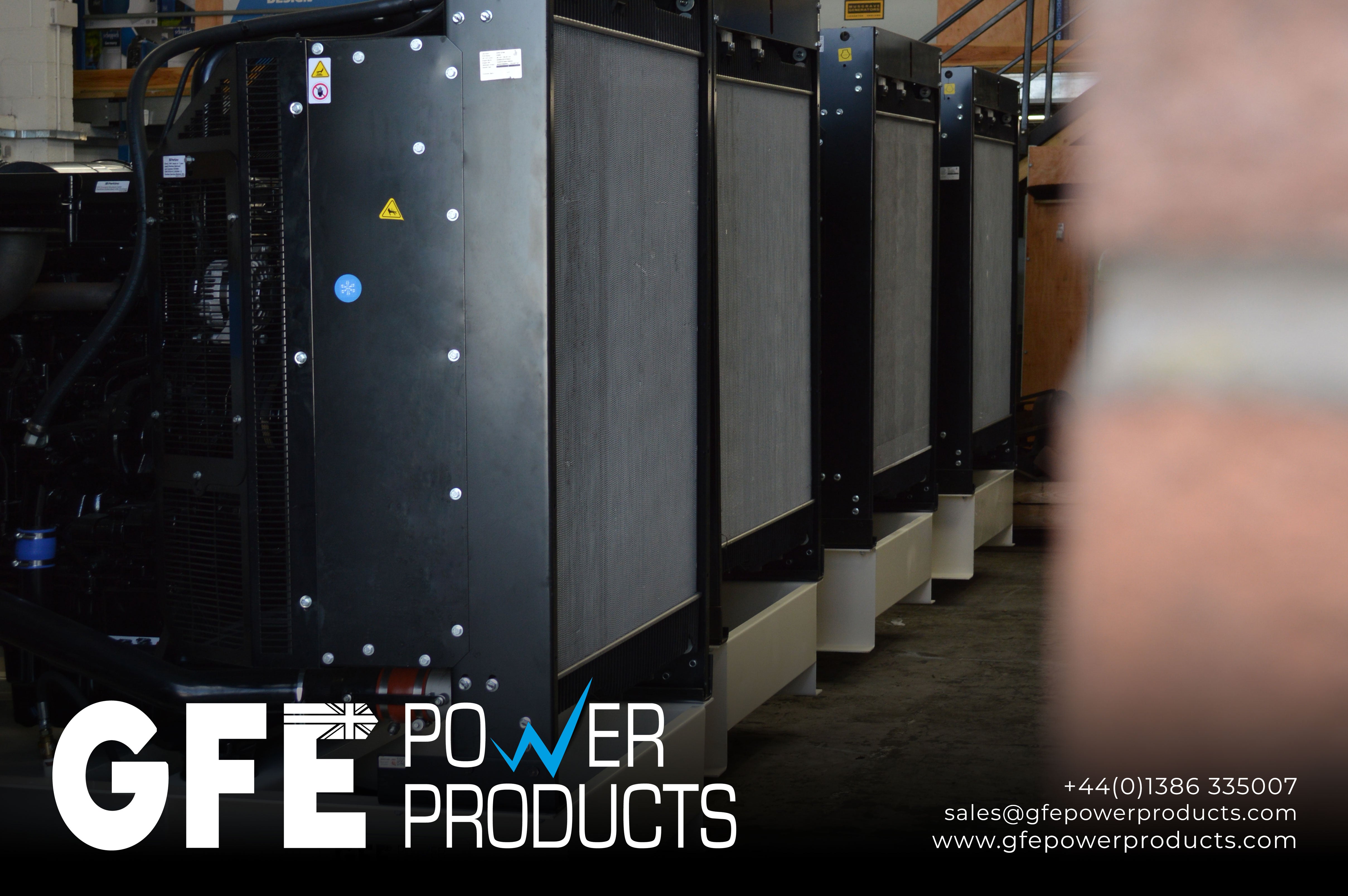
What Is Alternating Current?
What is alternating current?
Alternating current (AC) is a type of electric current in which the direction of the flow of electric charge periodically reverses.
In an AC circuit, electrons move back and forth, changing direction at regular intervals. This is in contrast to direct current (DC), where electrons flow consistently in one direction.
The voltage of an AC waveform alternates between positive and negative values over time, creating a cyclical pattern. The standard frequency for AC power systems in many parts of the world is 50 or 60 hertz (Hz), meaning the direction of the current reverses 50 or 60 times per second.
AC is widely used for the distribution of electrical power because it has several advantages, including the ability to be easily transformed to different voltage levels using transformers and its efficiency in long-distance power transmission. It's the dominant form of electricity used in homes, businesses, and industrial settings.
What type of current do generators produce?
Diesel generators typically produce alternating current (AC). Alternating current is a type of electrical current in which the flow of electric charge periodically reverses direction. In most cases, the AC produced by diesel generators is three-phase AC. Three-phase AC is commonly used in industrial and commercial applications because it provides a more efficient and balanced distribution of power compared to single-phase AC.
It's worth noting that while the generator itself produces AC, some applications may require the conversion of AC to direct current (DC) using a rectifier if DC power is needed for specific devices or systems. However, the primary output of a diesel generator is AC.
What is direct current?
Direct current (DC) is a type of electric current in which the flow of electric charge is unidirectional, meaning it always flows in the same direction. In a DC circuit, electrons move from the negative terminal to the positive terminal of a voltage source, such as a battery or a DC power supply.
Unlike alternating current (AC), where the direction of the current periodically reverses, DC maintains a constant flow of electrons in one direction. The voltage of a DC source is also constant over time.
DC has some specific applications where a steady and unidirectional flow of electricity is required. Common examples include batteries, electronic devices, and certain types of motors. Many electronic devices, such as laptops and cell phones, operate on DC power. However, for long-distance power transmission and distribution, AC is often preferred due to its ability to be easily transformed to different voltage levels and transmitted efficiently over power lines.
Direct current has many uses, from the charging of batteries to large power supplies for electronic systems, motors, and more. Very large quantities of electrical energy provided via direct-current are used in smelting of aluminium and other electrochemical processes.
GFE Power Products have the perfect power solution for you. Contact our team today and order a new diesel generator!
Phone: +44 (0)1386 335007
Email: sales@gfepowerproducts.com



